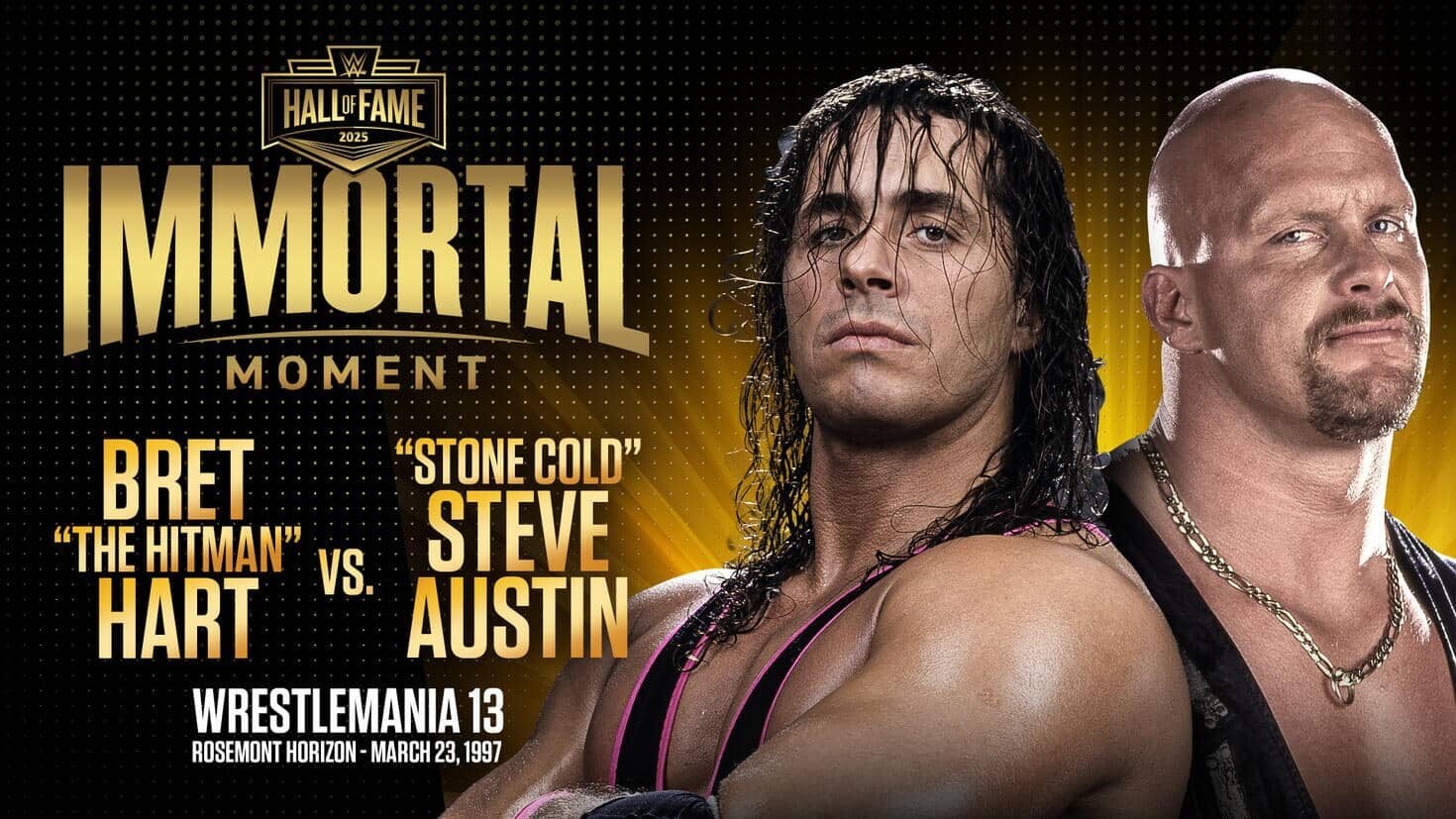This groundbreaking series explores professional wrestling’s evolution from 19th-century carnival attractions to today’s $21.4 billion entertainment empire, revealing the untold stories behind wrestling’s most game-changing moments.
Professional wrestling didn’t become a global phenomenon by accident. Behind every legendary match, shocking heel turn, and industry-shaking moment lies a calculated decision that fundamentally altered the course of sports entertainment history. This comprehensive series examines the eight most important milestones in professional wrestling history—moments so significant they didn’t just change wrestling, they redefined American entertainment itself.
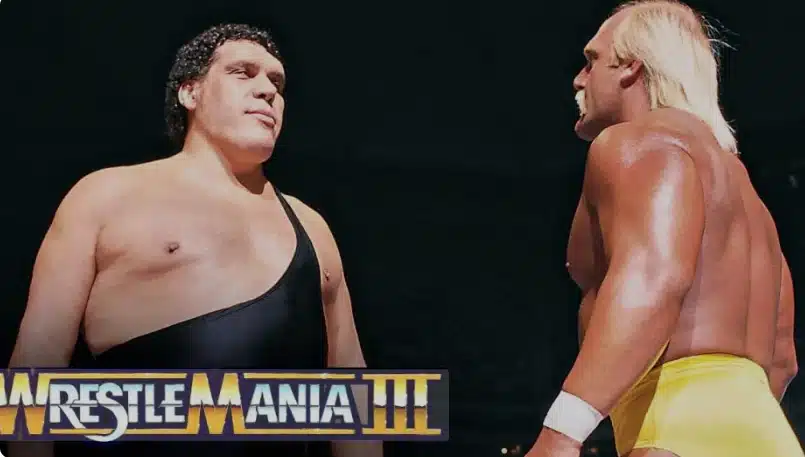
Wrestling History’s Most Important Moments: A Complete Timeline
From the carnival strongmen of the 1800s to the billion-dollar mergers of 2023, professional wrestling has undergone eight seismic transformations that shaped the industry we know today. Each milestone represents a critical turning point where wrestling evolved beyond recognition, creating the foundation for modern sports entertainment.
The 19th Century Revolution: Wrestling’s transformation from legitimate athletic competition to predetermined entertainment began in carnival tents across America. Early pioneers like Jean Exbroyat and Paul Pons established the first world championships, but more importantly, they created the blueprint for wrestling as a theatrical performance.
The Gold Dust Trio Era (1920s): Ed Lewis, Billy Sandow, and Toots Mondt revolutionized professional wrestling by completely separating “worked” matches from legitimate sport. Their innovations—time limits, flashy moves, tag team wrestling—became the DNA of modern wrestling entertainment.
The Cable Television Boom (Mid-1980s): Hulk Hogan, André the Giant, and cable TV transformed wrestling from regional territories into a national obsession. WrestleMania proved wrestling could outdraw any legitimate sport, establishing WWE as entertainment’s new powerhouse.
Supreme-Inspired Wrestling T-shirt
Unleash your passion with our Supreme logo-inspired tee! Crafted for comfort and style, this 100% cotton t-shirt features a bold ‘wrestling’ design on a vibrant red background. Lightweight, pre-shrunk, and meticulously constructed, it’s the perfect blend of durability and softness. Elevate your wardrobe and showcase your love for wrestling with this standout tee. It’s ideal for every wrestling enthusiast!
Why These Wrestling Milestones Matter More Than Any Championship
Professional wrestling history is filled with memorable matches and legendary champions, but true industry-changing moments are extraordinarily rare. The milestones featured in this series share three critical characteristics:
- They fundamentally altered wrestling’s business model
- They permanently changed fan expectations
- They created templates still used in modern wrestling
When Shawn Michaels superkicked Marty Jannetty through The Barber Shop window in January 1992, he didn’t just end The Rockers—he created the blueprint for every shocking tag team betrayal that followed. Similarly, Hulk Hogan’s heel turn at Bash at the Beach 1996 didn’t just create the nWo; it launched 83 consecutive weeks of WCW defeating WWE in television ratings.
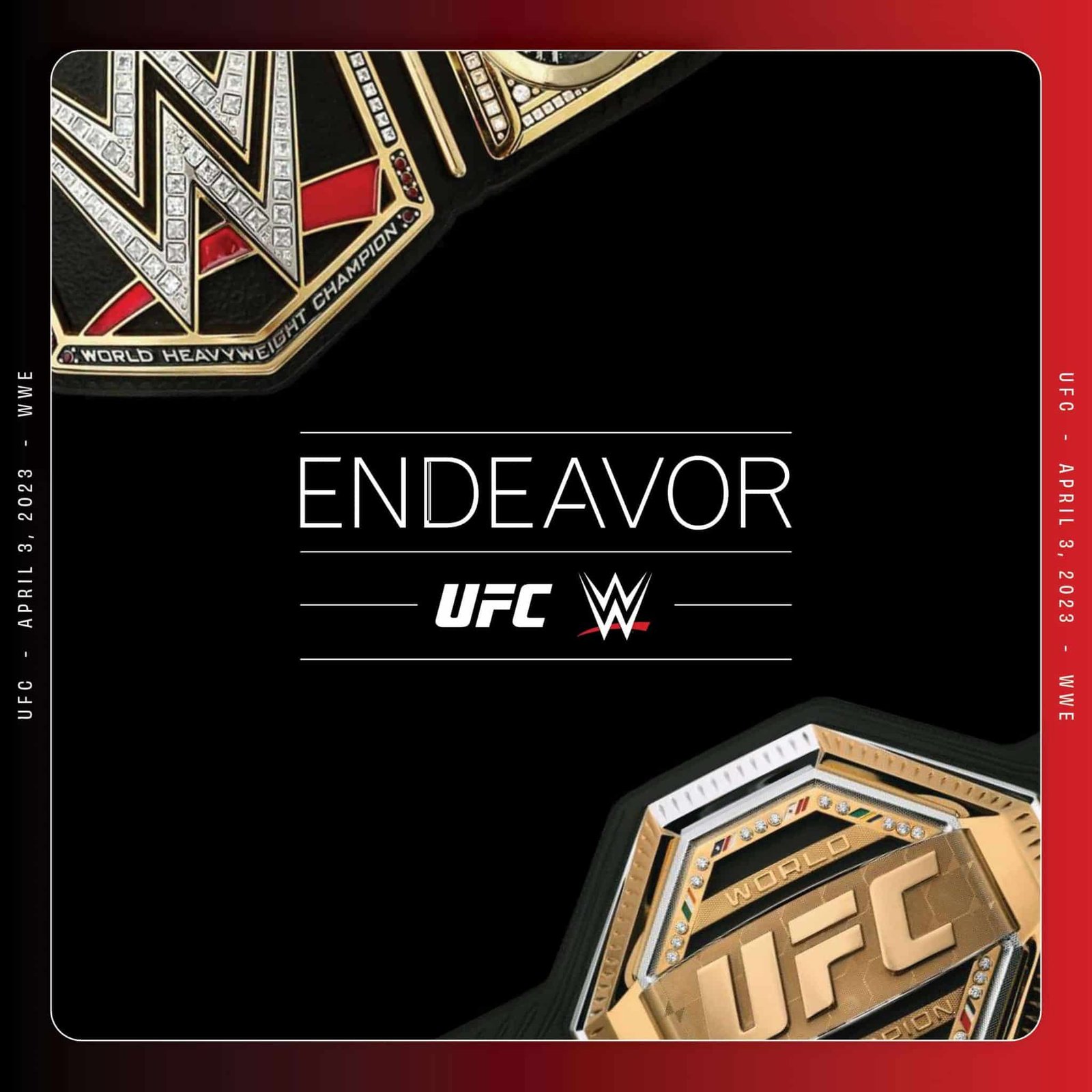
The Business Evolution Behind Wrestling’s Greatest Moments
Understanding professional wrestling history requires recognizing that the most dramatic stories often unfolded in boardrooms, not wrestling rings. When the Gold Dust Trio pioneered “worked” wrestling in the 1920s, they weren’t just predetermining match outcomes—they were inventing long-term storytelling that would eventually produce classics like Stone Cold Steve Austin vs. Vince McMahon.
The recent WWE-UFC merger into TKO Group Holdings represents the culmination of wrestling’s business evolution. This $21.4 billion deal created the world’s most valuable combat sports conglomerate, proving that yesterday’s carnival attractions have become today’s entertainment titans.
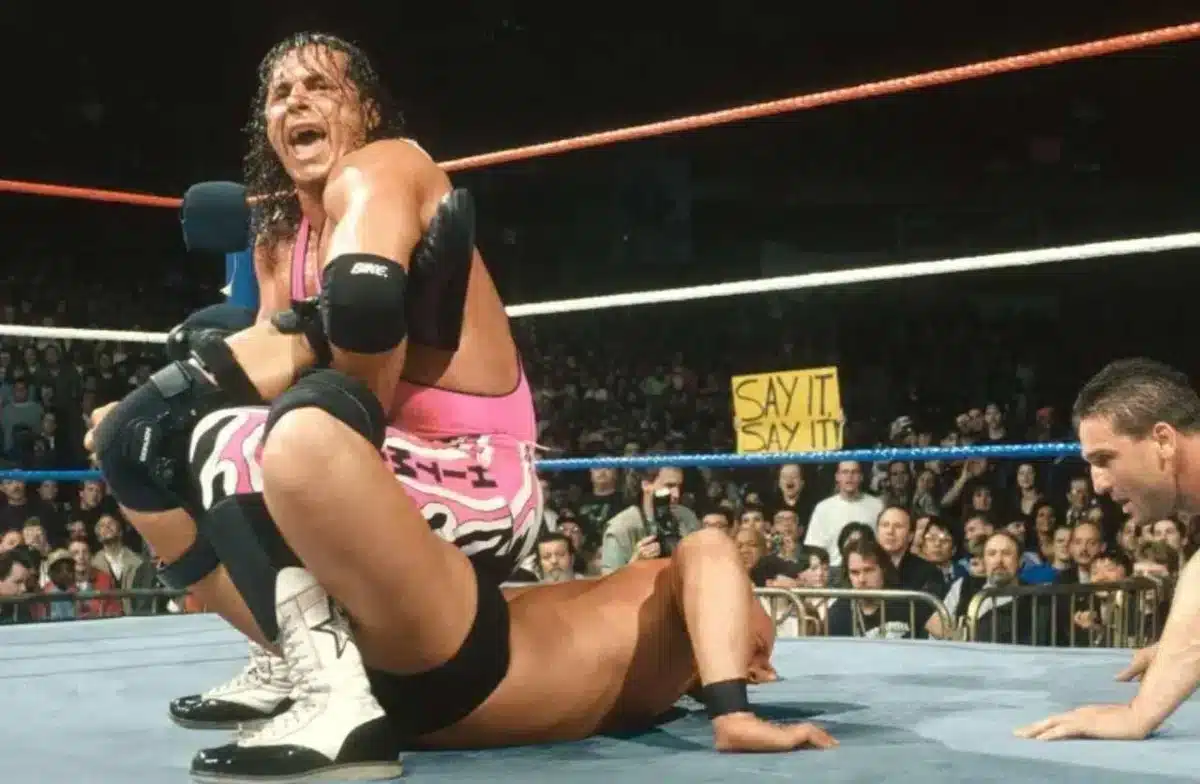
From Kayfabe to the Reality Era: Wrestling’s Character Evolution
The double-turn remains wrestling’s most challenging storytelling device—transforming hero into villain and villain into hero within a single match. Steve Austin and Bret Hart’s double turn at WrestleMania 13 created wrestling’s gold standard, with Austin’s bloody refusal to submit launching the most profitable era in wrestling history.
Modern wrestling continues this tradition of shocking character evolution. When Seth Rollins destroyed The Shield with a steel chair in June 2014, he reminded contemporary fans that wrestling’s greatest asset isn’t championships or merchandise—it’s raw emotion. The collective gasp when Rollins’ chair connected with Roman Reigns proved wrestling’s unique ability to create genuine surprise in our internet-spoiler age.
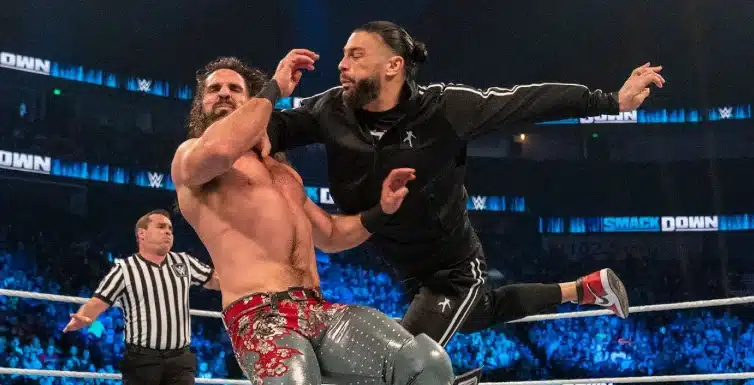
How Wrestling History Shaped Modern Sports Entertainment
Today’s wrestling product features Hollywood-level production values, but its core remains unchanged from those 19th-century exhibitions: larger-than-life characters settling dramatic conflicts through athletic spectacle. The evolution from Ed “Strangler” Lewis‘s legitimate grappling to Roman Reigns’ “Tribal Chief” persona represents nothing less than American entertainment’s transformation itself.
What makes wrestling history uniquely fascinating is its gradual embrace of predetermined outcomes. Unlike other entertainment forms that maintain fictional illusions, wrestling acknowledged its scripted nature while somehow becoming more popular. The “death of kayfabe” didn’t destroy wrestling—it liberated the industry to become something unprecedented.

What’s Coming in This Wrestling History Series
This comprehensive series will examine each pivotal moment in detail, revealing how yesterday’s controversial decisions became today’s industry standards. We’ll explore:
- How carnival strongmen created modern sports entertainment
- The Gold Dust Trio’s invention of “worked” wrestling
- Cable TV’s transformation of regional territories
- The Rockers’ split that defined modern heel turns
- Hulk Hogan’s nWo turn changed wrestling forever
- The Austin-Hart double turn that launched the Attitude Era
- The Shield’s destruction created three main event stars
- The WWE-UFC merger that reshaped combat sports
Whether you witnessed Hulk Hogan body slam André the Giant at WrestleMania III or watched The Shield dominate WWE in real-time, these milestones represent the foundation of everything you love about professional wrestling.
From carnival tents to streaming platforms, wrestling has continually reinvented itself while maintaining its essential appeal: the timeless battle between good and evil, told through unmatched athletic drama. Understanding wrestling’s past is the key to appreciating its incredible future.
Ready to dive deep into wrestling history? Our next article will explore how 19th-century carnival attractions laid the groundwork for today’s billion-dollar sports entertainment empire.
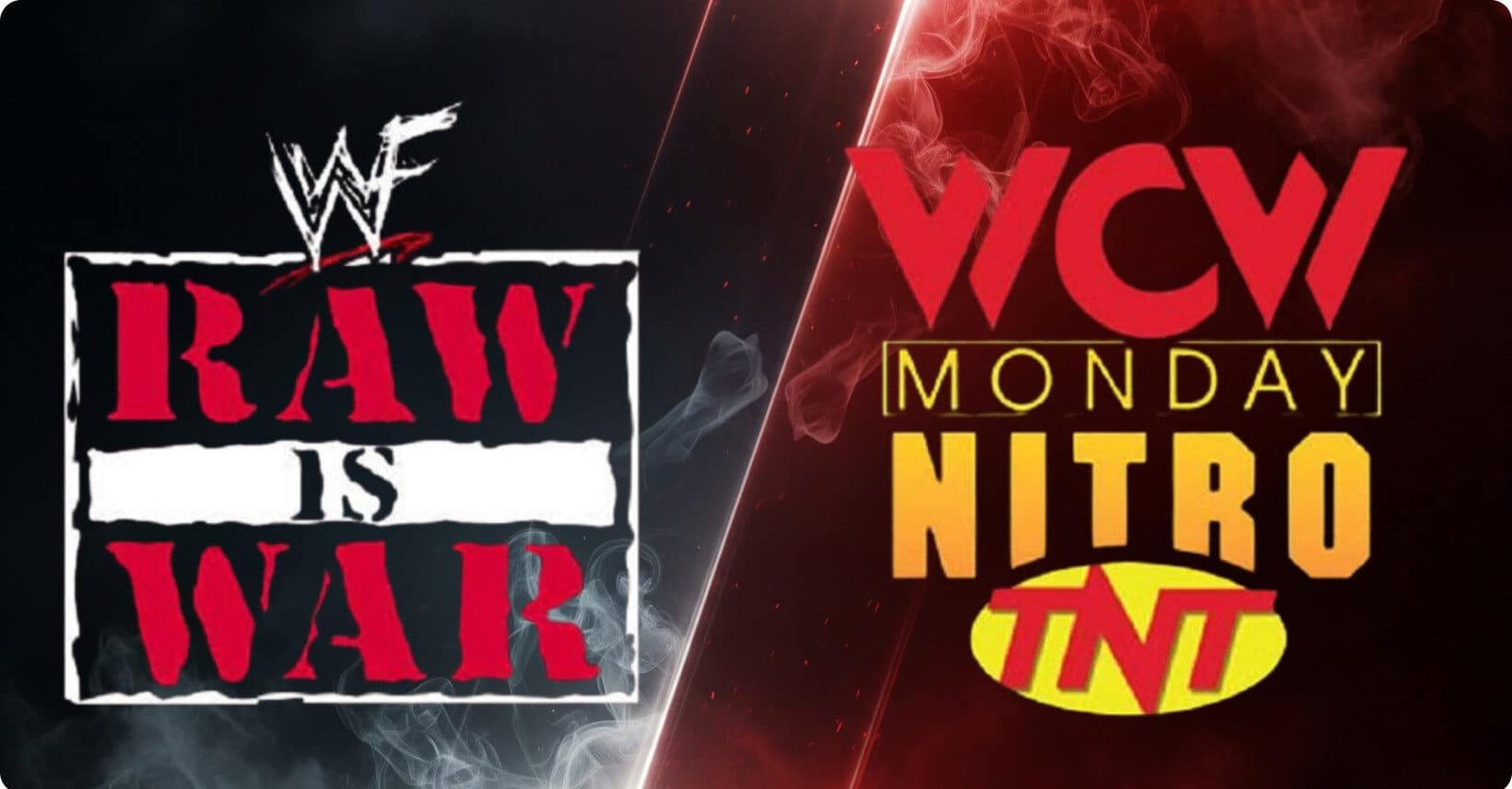
Complete Series: Wrestling History’s Game-Changing Moments
- “From Carnival Strongmen to Wrestling Pioneers: The Untold Story of 19th Century Professional Wrestling”
- “The Gold Dust Trio Revolution: How Three Visionaries Invented Modern Professional Wrestling in the 1920s”
- “Hulkamania Runs Wild: How Cable TV and WrestleMania Created Wrestling’s Second Golden Age”
- “The Superkick Heard ‘Round the World: How Shawn Michaels vs. Marty Jannetty Redefined Wrestling Betrayals”
- “When Heroes Become Villains: Hulk Hogan’s nWo Turn and the Birth of Wrestling’s Monday Night Wars”
- “Blood, Grit, and Glory: The Austin-Hart Double Turn That Launched Wrestling’s Attitude Era”
- “Brotherhood Destroyed: How Seth Rollins’ Shield Betrayal Created Three WWE Superstars”
- “Wrestling’s Billion-Dollar Future: Inside the WWE-UFC Merger That Changed Combat Sports Forever”

